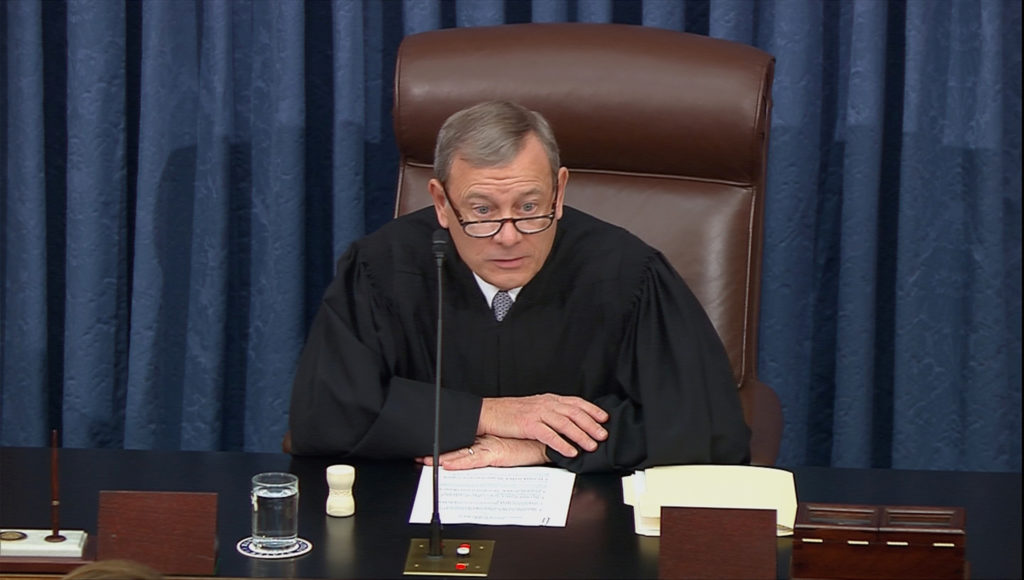In the Federal Judiciary’s year-end review, US Chief Justice John Roberts addressed the imminent impact of artificial intelligence (AI) on the judicial system. Amidst the flurry of predictions surrounding AI’s trajectory in 2023, Justice Roberts aimed to allay concerns regarding the obsolescence of judges in light of technological advancements.
“As we approach the close of 2023 with fervent speculations about the trajectory of artificial intelligence, some may question whether judges are on the verge of obsolescence. I am confident that such is not the case, yet equally certain that technological advancements will continue to reshape our legal landscape,” affirmed Roberts.
Highlighting the irreplaceable value of human judgment, Roberts asserted that machines could not entirely substitute for the nuanced decisions made by individuals. Within his report, he underscored the significance of subtle factors like a trembling hand, momentary hesitation, or a fleeting break in eye contact—elements that machines might struggle to accurately discern. The Chief Justice emphasized the public’s inherent trust in human judgment over AI, especially in evaluating such nuanced aspects.
However, Roberts expressed valid concerns regarding potential drawbacks of AI in the legal domain. He cautioned against the possibility of AI-generated fabricated answers or “hallucinations,” citing instances where lawyers utilized AI-powered applications to submit briefs that referenced imaginary cases. Additionally, he drew attention to the risks associated with AI impacting privacy and introducing biases in discretionary decisions related to matters such as flight risk and recidivism.
Despite these apprehensions, Roberts recognized the positive facets of integrating AI into the legal system. He acknowledged AI’s potential to democratize access to legal advice and tools, particularly benefiting individuals who cannot afford legal representation.
As the legal realm adjusts to the integration of AI, Chief Justice Roberts’ reflections underscore the need to strike a balance between harnessing its substantial benefits and managing the potential risks that could have far-reaching consequences. This delicate equilibrium is crucial for ensuring the continued efficacy and fairness of the judicial system in the face of evolving technological landscapes.

